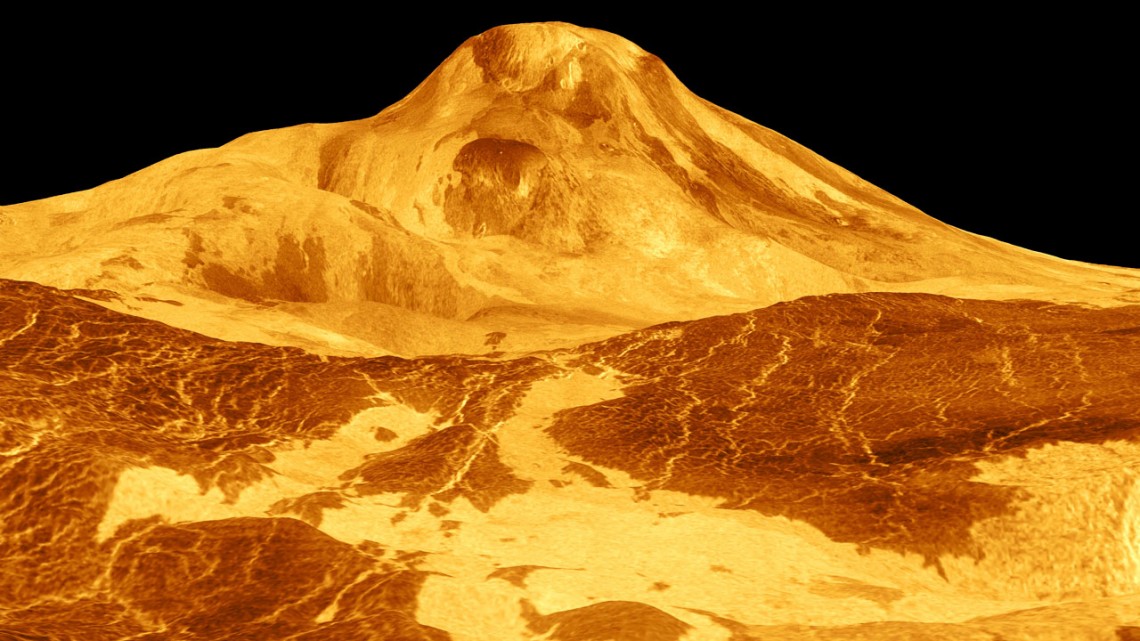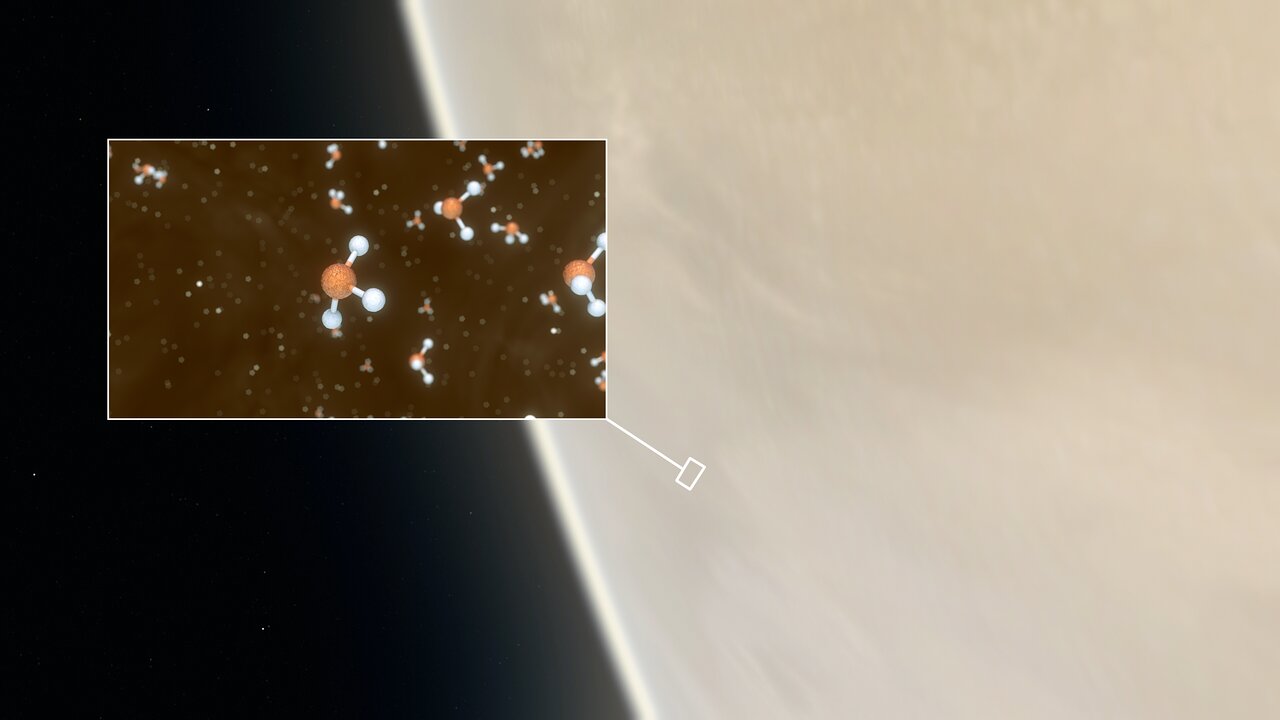
Scientists last autumn revealed that the gas phosphine was found in trace amounts in Venus’ upper atmosphere. That discovery promised the slim possibility that phosphine serves as a biological signature for the hot, toxic planet.
Now Cornell scientists say the phosphine’s chemical fingerprints support a different and important scientific find: evidence of explosive volcanoes on the mysterious planet.
“The phosphine is not telling us about the biology of Venus,” said Jonathan Lunine, the David C. Duncan Professor in Physical Sciences and chair of the Department of Astronomy in the College of Arts and Sciences. “It’s telling us about the geology...
Read More








Recent Comments